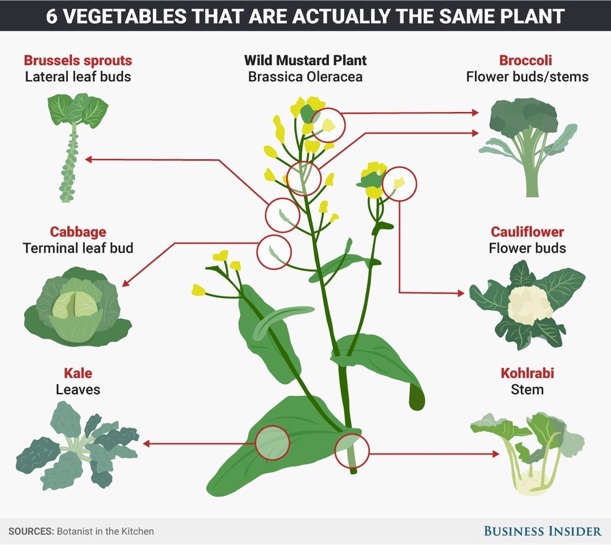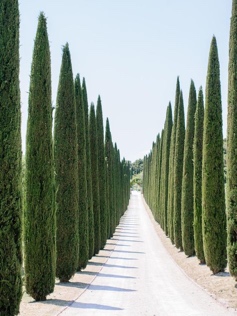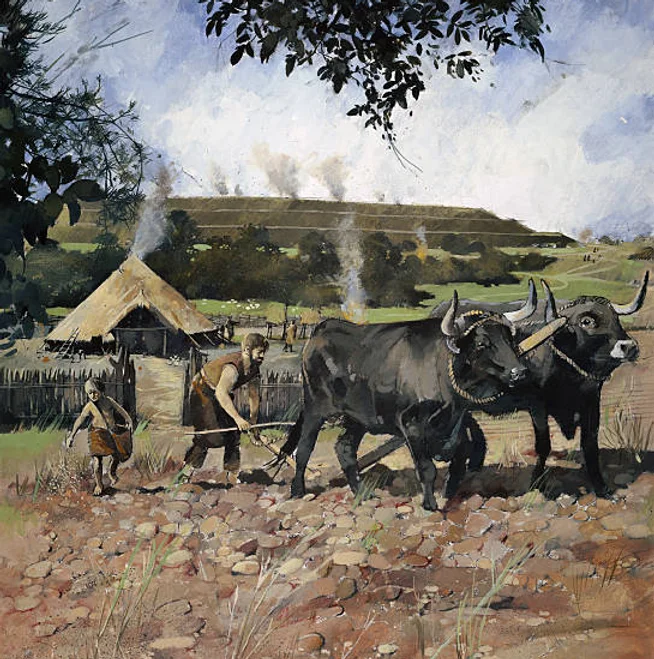I serialise my latest book Garden Design for Everyone Volume 3: beginning with
CHAPTER 1 A Little Historical Journey
1. I begin with a start of organic agriculture and gardening which occurred in the Cradle of Civilization 10,000 and 3,000 BCE.
2. Next I move to Britain’s and its original inhabitants prior to the 43AD Roman invasion.
3. I discuss how the first horticultural manual came about.
4. It’s important to realise what plants the Romans and Britons found along the hedge rows.
I leave some thoughts on why the Roman civilization collapsed.
Finally I close by talking of Britain’s climate 100AD -300 AD.
5. The Cradle of Civilization between 10,000 and 3,000 BCE’
The Cradle of Civilization (10,000 – 3,000 BC) was the beginning of agriculture.
With no records of plants before the 2nd millennium BC, after-which came the world’s first writings and drawings of plants, trees, leaves and flowers such as daisies, lilies, roses and olives, on walls, pots and jewellery.
6. British Isles prior to Roman invasion (understanding what like Britain during 6th-8th century).
Across Britain was a combination of Angels, Saxons and Danish settlements, foraging for wild food among Britain’s hedgerows. Over time this allowed them to settle into small hamlets across Britain growing and domesticating food they found.
This was an incredibly important historical period, when vegetables such as an early cabbage, carrot, broccoli and fruit such as blackberry and gooseberry were found.
7. How Roman settlers influenced native Briton’s after 43AD
The Romans learnt their gardening skills from the Greeks and the Carthagians from northern Africa(The Romans had conquered North Africa prior to settling in Britain), they had a lot to pass onto native Britain’s.
We must remember that the first horticultural manual in fact was from the Carthagian.
8. Here I include a wild vegetable chart (seen below) the Romans and Britain’s found throughout the countryside. A wild mustard (brassica) is actually the parent of many vegetables we use today.

The diagram illustrates a wild mustard plant amongst the hedgerows, the parent to Broccoli, Cauliflower, Cabbage, Spinach, Kale, Maize, Broad Bean, Onion, Carrot, Beet, Turnip, Hemp.
A few herbs Roman’s grew are Coriander, Feverfew, Rosemary, Thyme , Fig, Lovage, Parsley, Thyme.
Plants such as Roses, Laurel, Poppy Anemones, Foxgloves, were found amongst Britain’s, hedgerows also a list bulbs, corms, rhizomes, such as Daffodils Gladioli, Iris, Hyacinths that found amongst the hedgerows.
Noxious weeds
I need to include such as ivy, periwinkle, wild peach and pear.
Topiary. As history illustrates Roman gardeners worked and pruned clipped evergreens such as English box (Buxus) Yew (Taxus) Laurel Holly (Ilex ) into different shapes. It became known as topiary, and is still widely used.
(Topiary definition: The art of shaping trees and evergreens into different shapes, became popular during the Roman era)

Roman gardeners trained tall evergreens (conifers) using topiary.

A three-tiered system, whereby the growth of maize and supported a bean, with an early squash.
The squash grew up and entwined itself with the other two. This method developed into the Companion Planting.
10. Madder …(Rubia Tinctorum)
Madder is a perennial herb, that belongs to the coffee family originally coming from south-eastern Europe, northern Africa..
The madder root has been used as a natural dye for approximately 5000 years, and was cultivated for colouring as early as 1500 BC, by the Persians, Egyptians, Greeks and Romans.
Madder was generally used in all red textiles before it was taken over by synthetic dyes in the early 20th century.
11. Britain after Roman settlement
The Roman settlers who had stayed and made Britain their home, continued to influence Britain’s farming methods for hundreds of years. They created hamlets and villages we know.
12. Collapse of the Roman empire
As far as I can make out there were several main reasons why the Roman empire collapsed:
1.Political instability,
2.Economic and social problems, Britain’s climate from 100-300 AD.
The Roman’s left Britain around 380 AD – 400 AD, after which Britain fell into chaos. The Romans had to leave Britain to fend off Barbarian forces invading their homelands and to maintain control of their western empire. After leaving Britain’s shores, the vast majority of the Roman army never returned.
This signalled the end of the Roman occupation of Britain.
